Penske and Hitachi just launched a big electric truck charging pilot
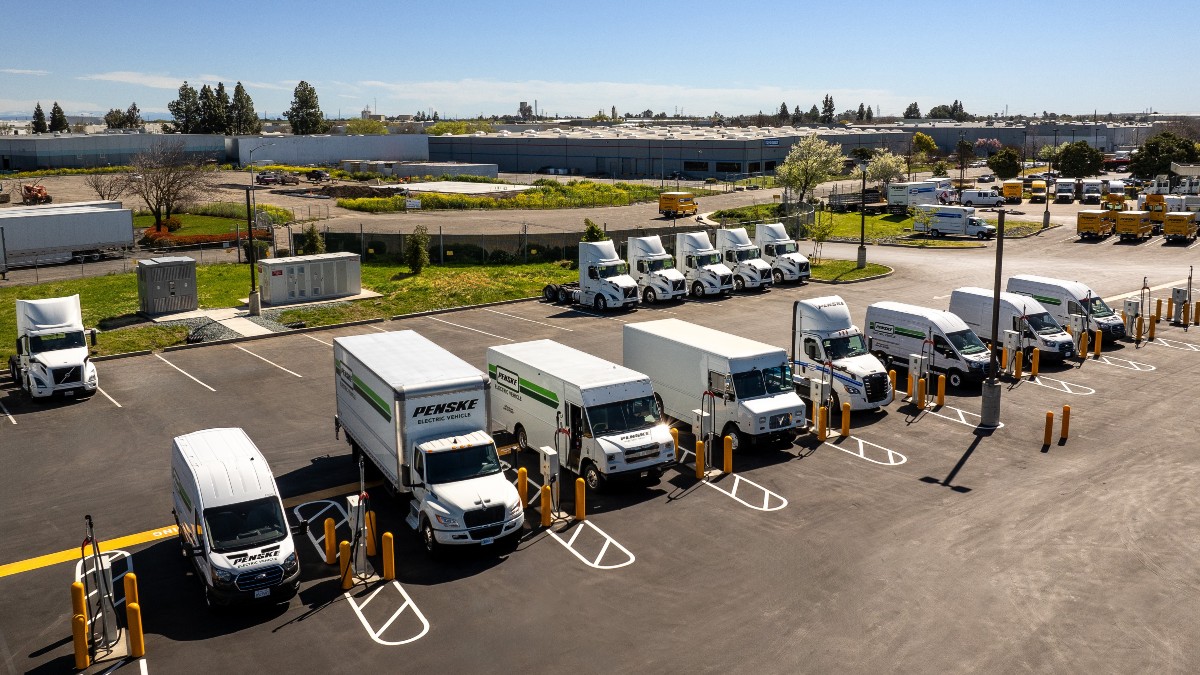
Hitachi and Penske Truck Leasing have launched a high-capacity electric truck charging pilot at a major commercial truck depot in California.
Expand Expanding Close
Hitachi and Penske Truck Leasing have launched a high-capacity electric truck charging pilot at a major commercial truck depot in California.
Expand Expanding Close
Skanska is piloting a Wirtgen Group electric compaction roller, one of just five pre-production models in North America.
Expand Expanding Close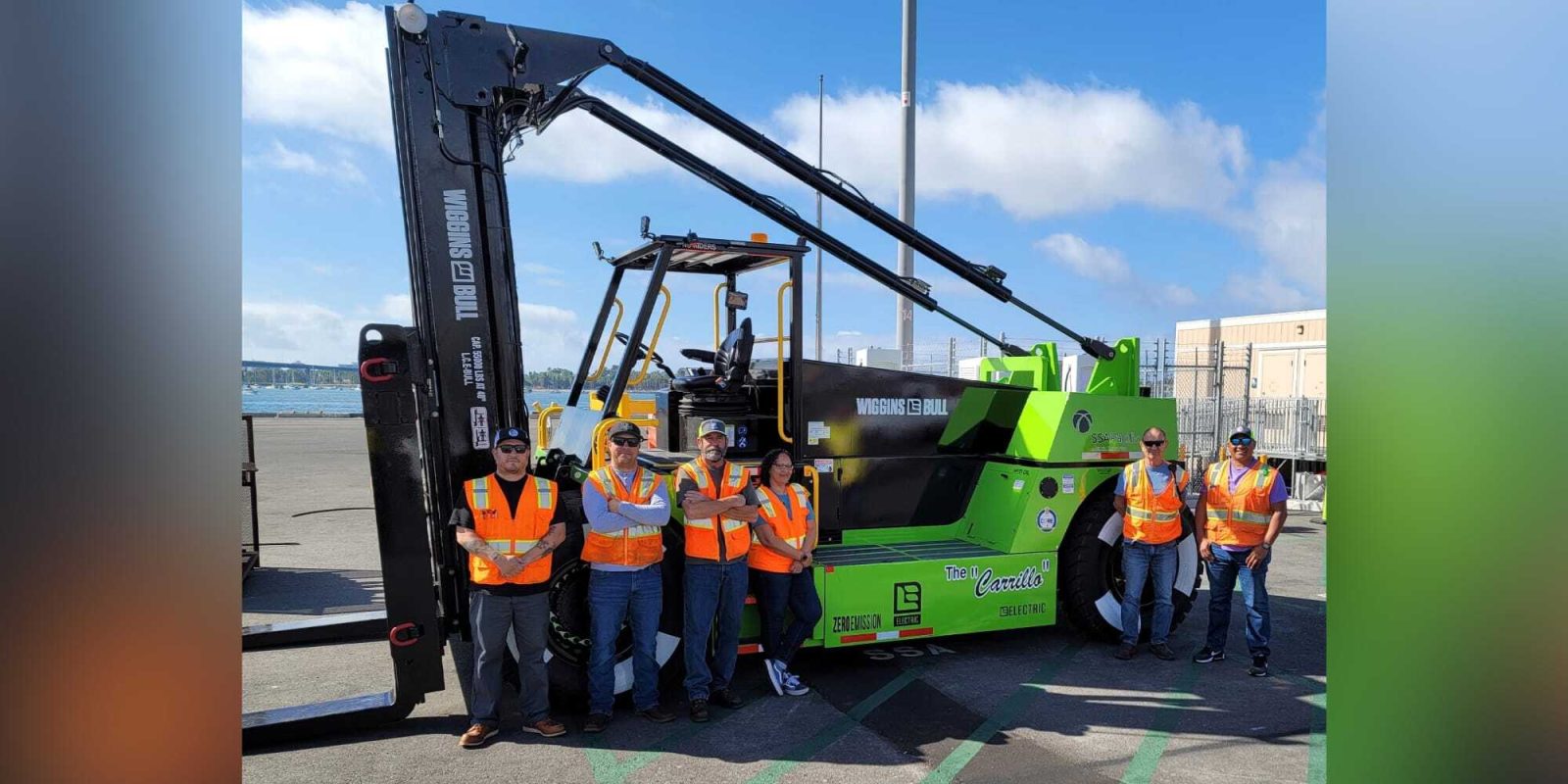
The Port of San Diego has put the first commercially available, large-capacity, electric forklift made in the US into service.
Expand Expanding Close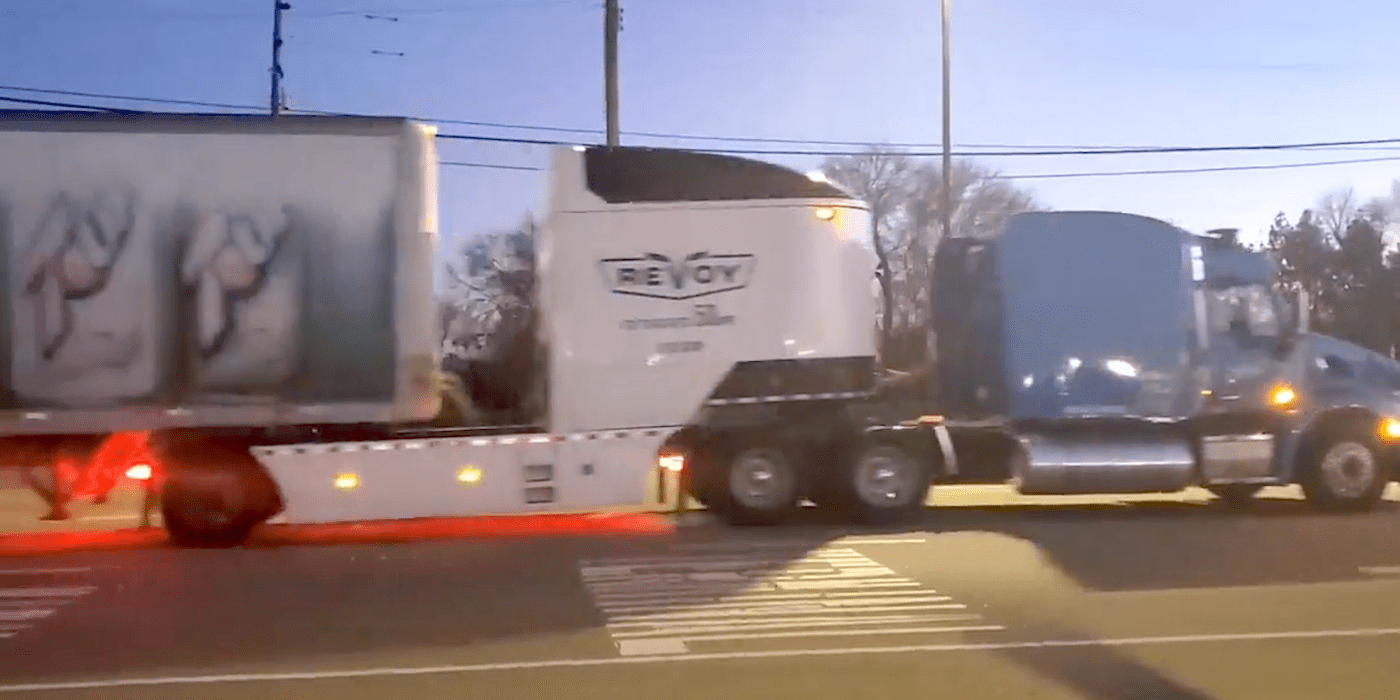
Revoy EV’s electric trailer promises to make electrifying your OTR trucking fleet easy and cost-effective, and this one just pulled into the Port of Stockton ahead of the 2024 Trucking with Clean Fuels Conference.
Expand Expanding Close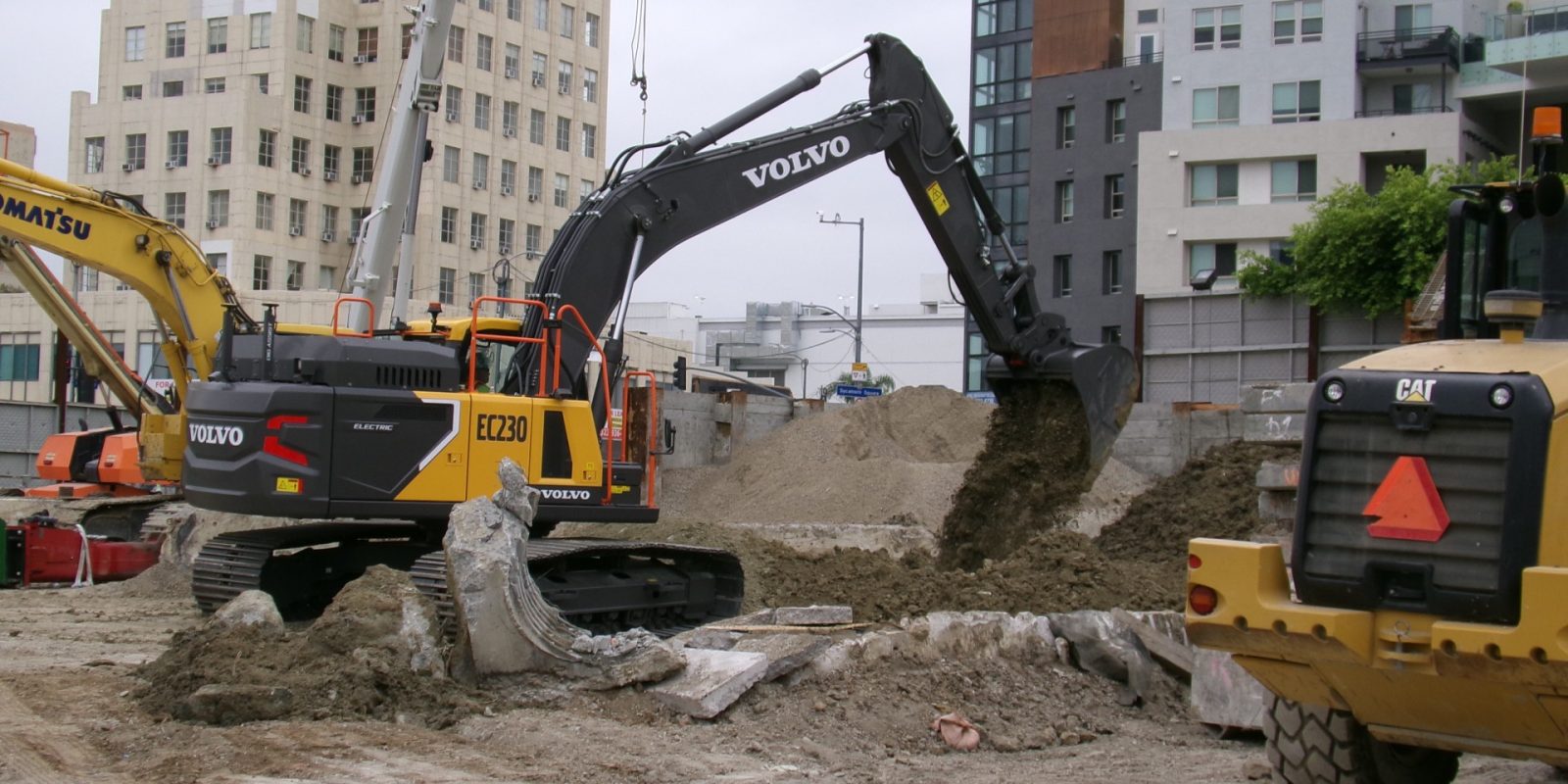
Global construction firm Skanska piloted the Volvo EC230, the largest electric excavator of its kind, on a big Los Angeles transit project – here’s what happened.
Expand Expanding Close
Electric bike riders in California who don’t already hold a traditional car driver’s license may soon have a new option (or requirement) on their hands: an electric bike license.
Expand Expanding Close
California hit a new record last year with 21.4% of new cars being all-electric, and once again Tesla led the pack with the two best-selling cars in the state, the Tesla Model Y and Tesla Model 3. But Toyota narrowly maintained its leadership as the top-selling brand in the state, with Tesla nipping at its heels.
Expand Expanding Close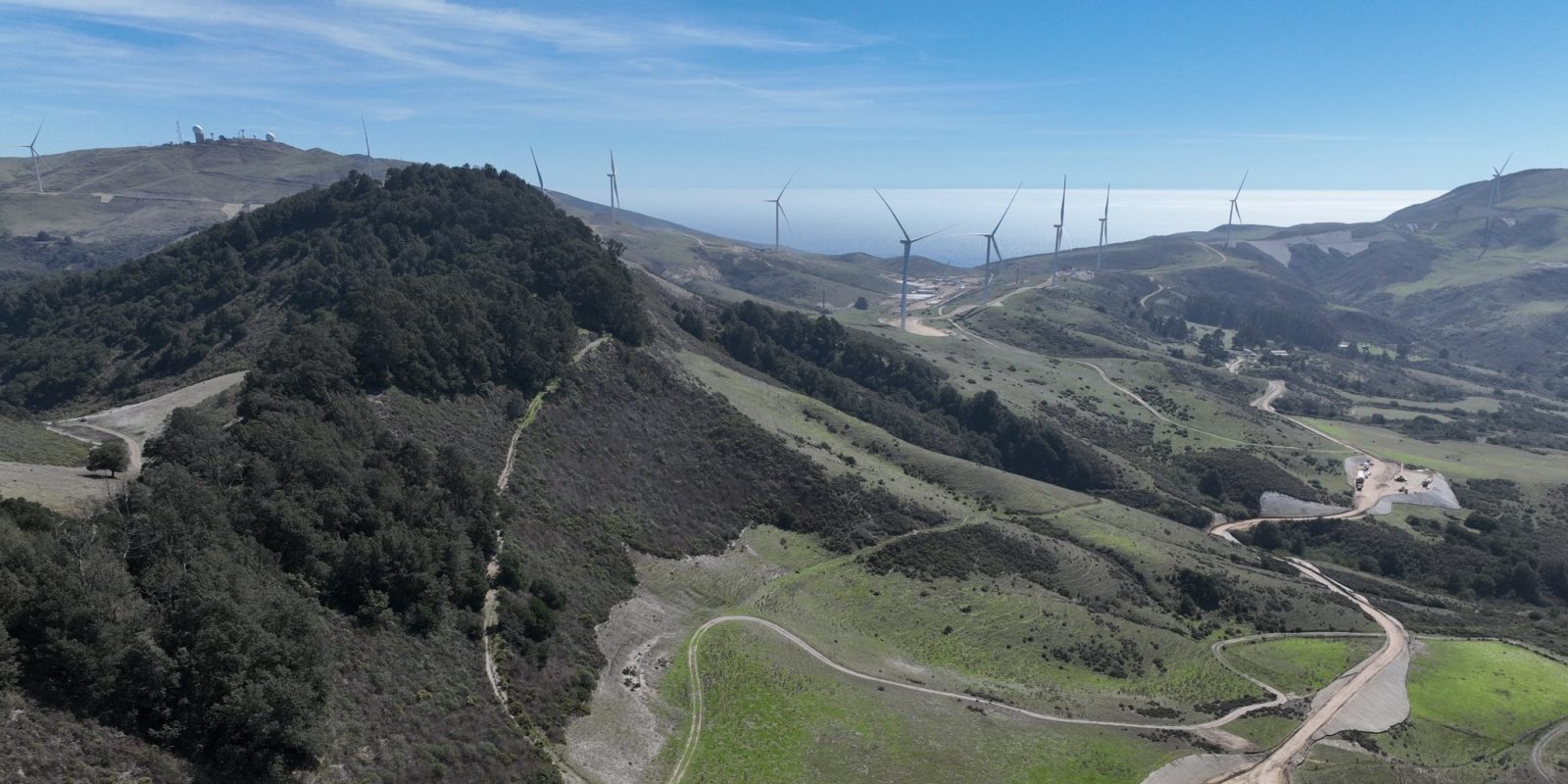
The Strauss Wind Project in Santa Barbara County, the first wind farm on California’s coast, is now online.
Expand Expanding Close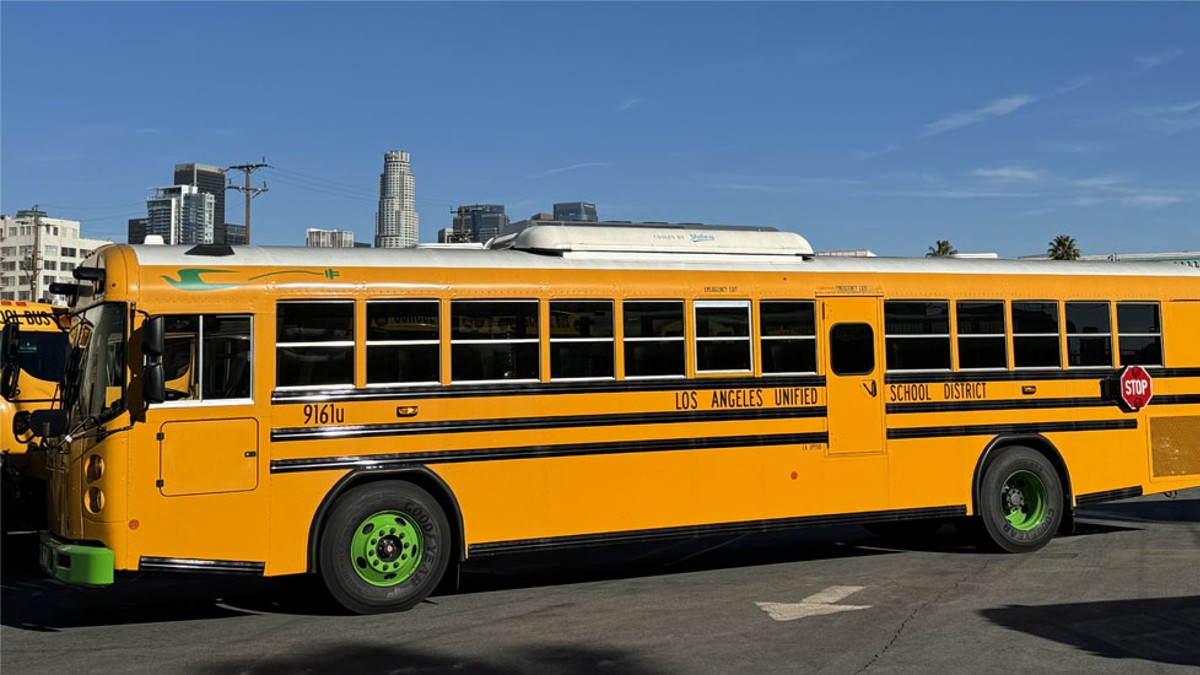
Blue Bird Corporation (Nasdaq: BLBD) got the single largest order of electric school buses to date from the second-largest public school system in the US.
Expand Expanding Close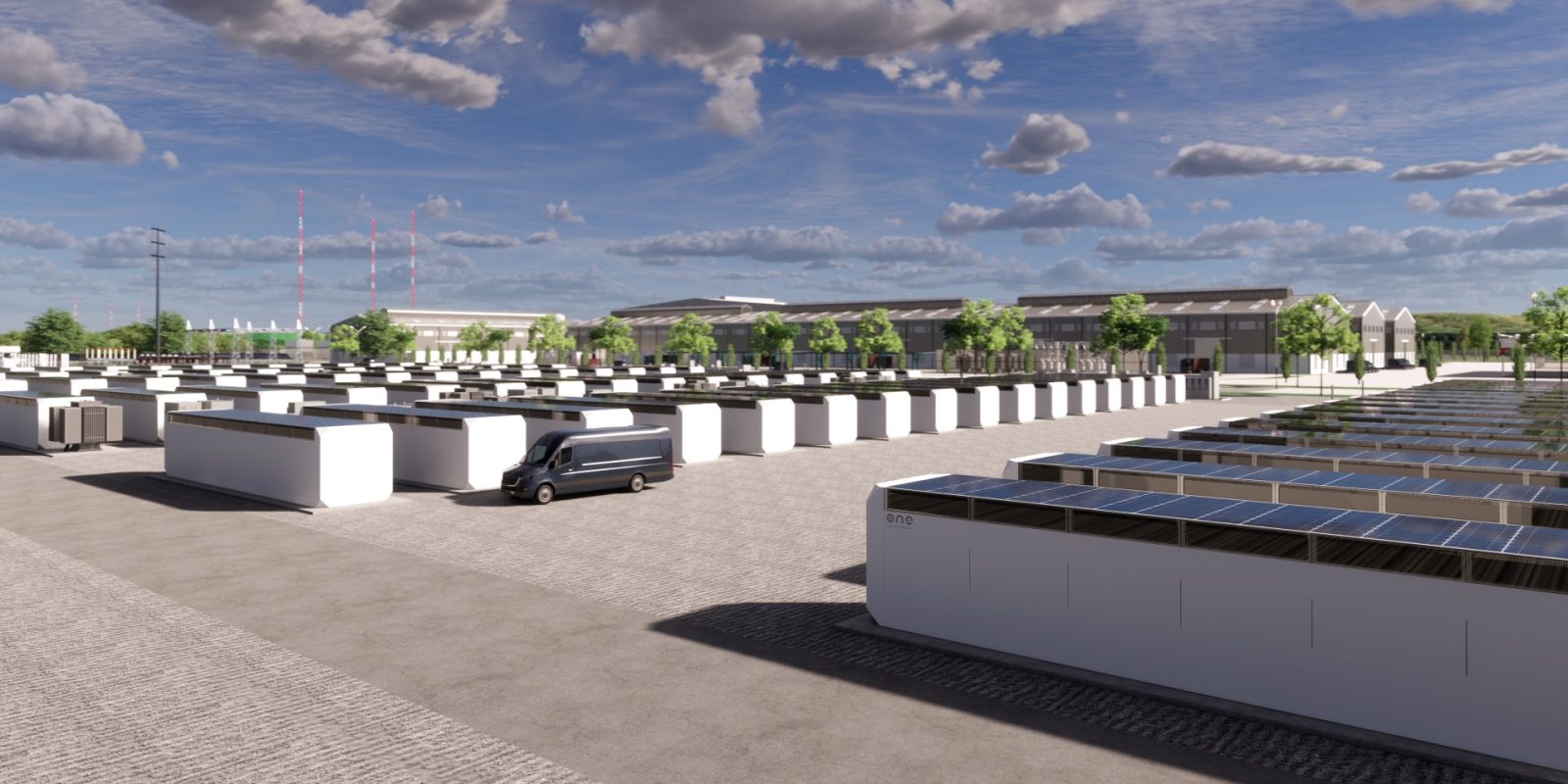
Developers plan to expand US battery storage capacity to more than 30 gigawatts (GW) by the end of 2024, according to the US Energy Information Administration (EIA).
Expand Expanding Close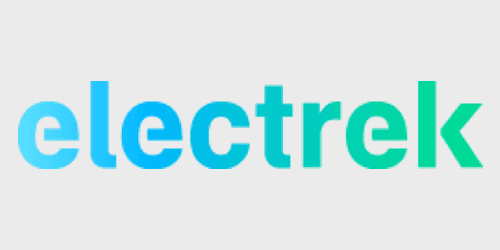
Anyone living in San Francisco knows that the city has been a testing ground for hundreds of self-driving cars – and there is probably a good reason why. In light of a series of incidents, including a pedestrian who was seriously injured by a Cruise robotaxi last year, California law enforcement has its hands tied when it comes to issuing moving violations when no human is behind the wheel.
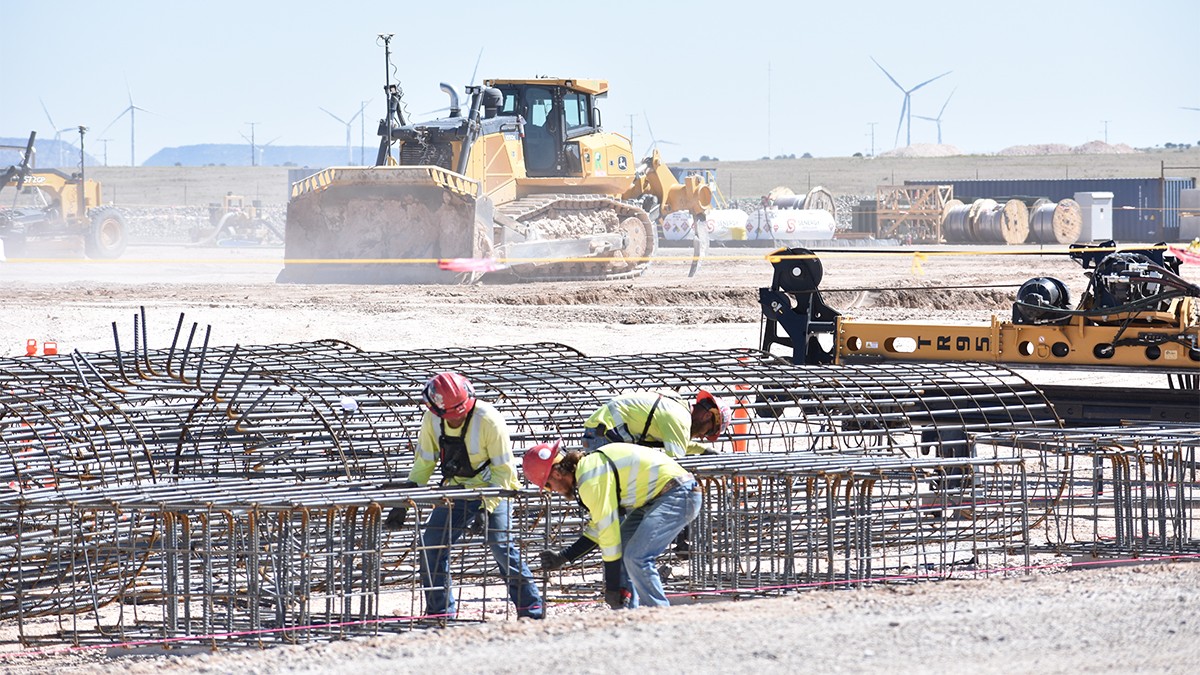
SunZia, a massive clean energy project in the US Southwest, has closed $11 billion non-recourse financing and launched full construction.
Expand Expanding Close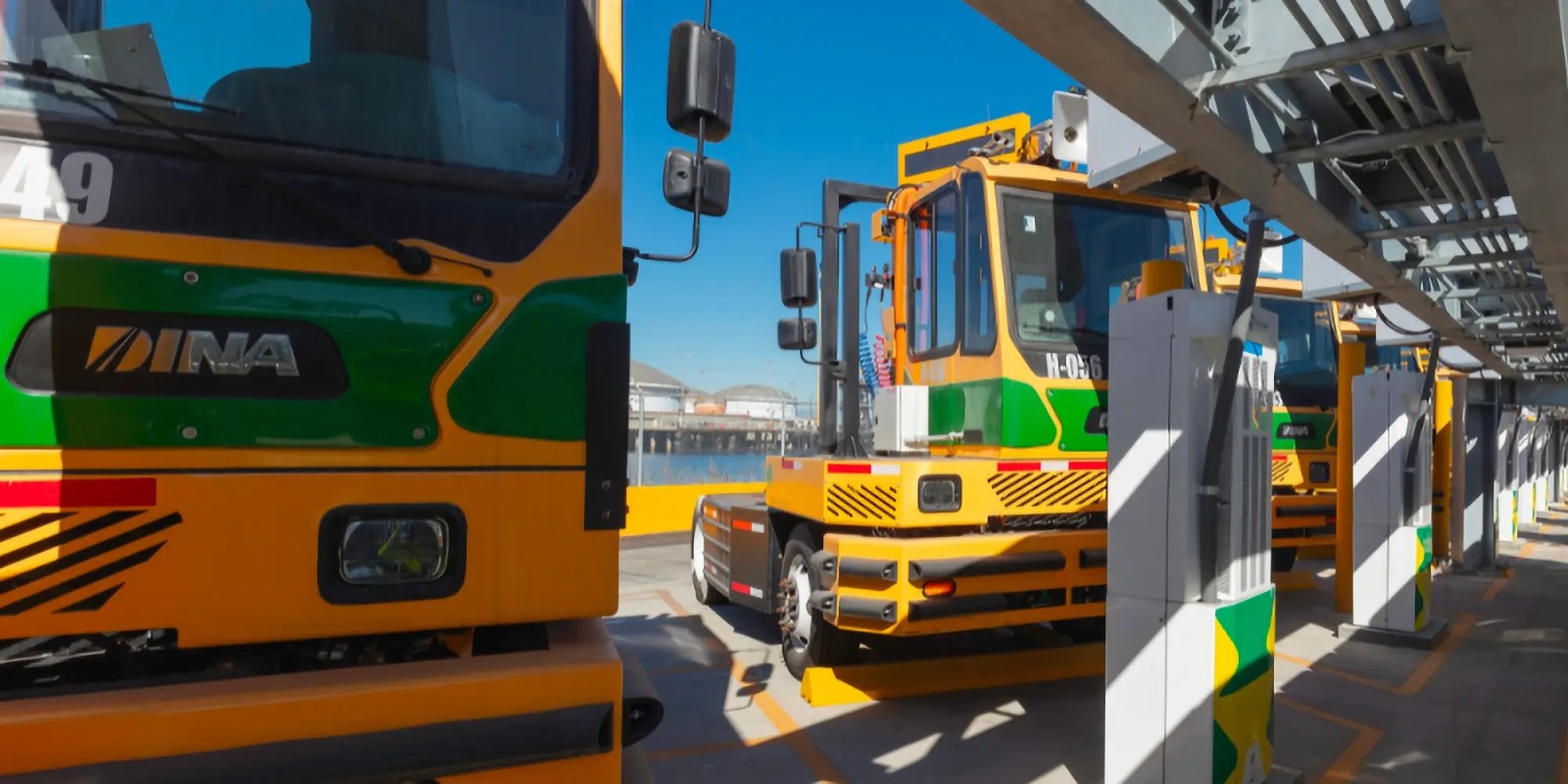
Gas and diesel yard tractors are out, and battery-electric models at California’s Port of Long Beach container terminal are in.
Expand Expanding Close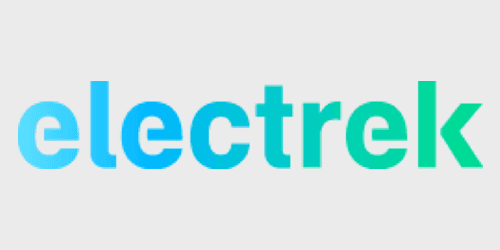
California’s infamous Salton Sea has been a known hotbed of lithium for years, but no one had a sense of how much “white gold” was found there. Now a new study quantifies that, and it’s impressive: The huge underground reserve of scorching hot brine located underneath the lakebed contains enough lithium to build batteries for 375 million electric vehicles, making it one of the largest lithium brine deposits in the world.
Expand Expanding Close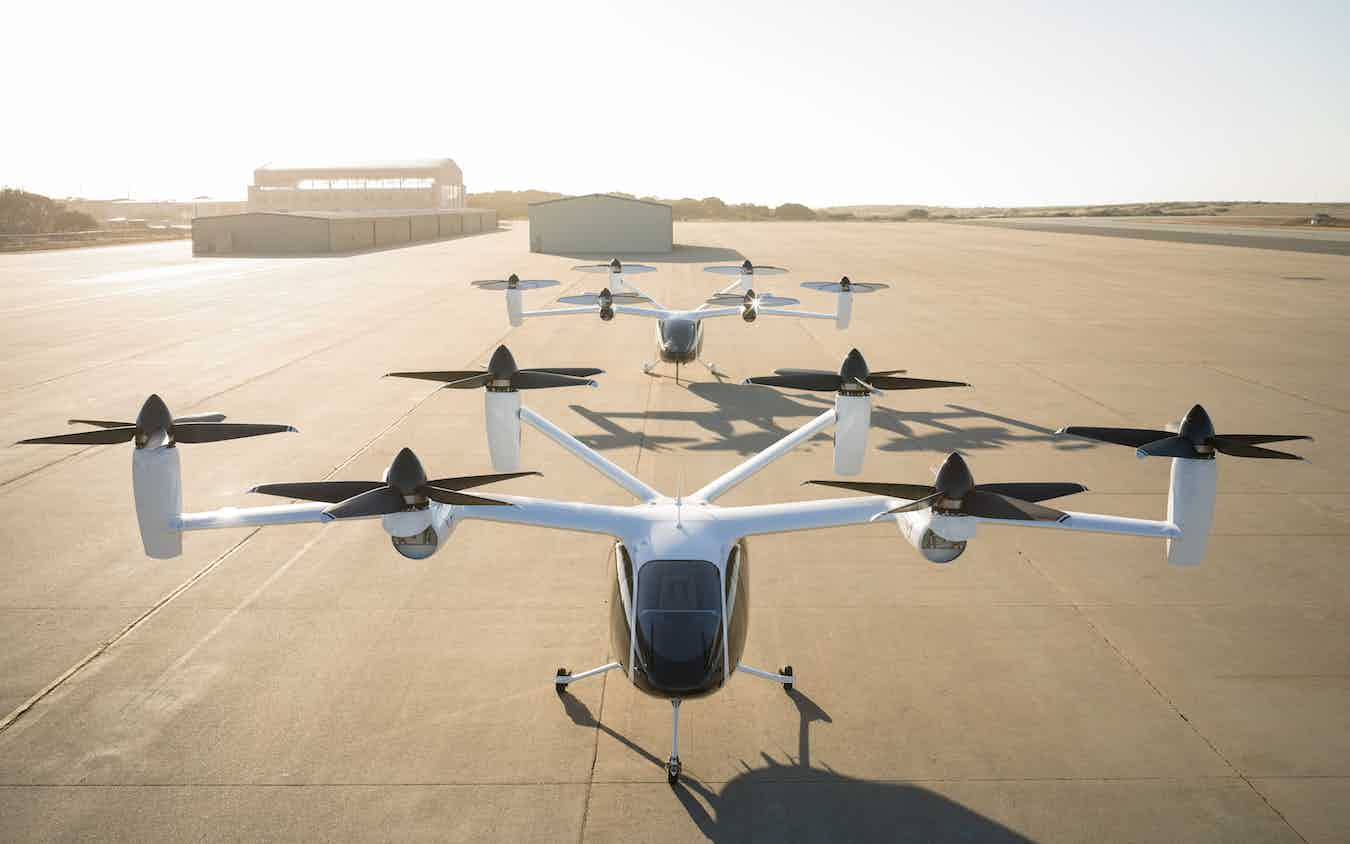
Leading global advanced air mobility (AAM) company Joby may have decided to set up its future production line in Ohio as the most financially alluring locale vying for its presence, but California is looking to get as much job creation and economic activity from the Santa Cruz-based air taxi startup before its focus shifts east – and has just handed over a nearly $10 million grant to prove it.
Read More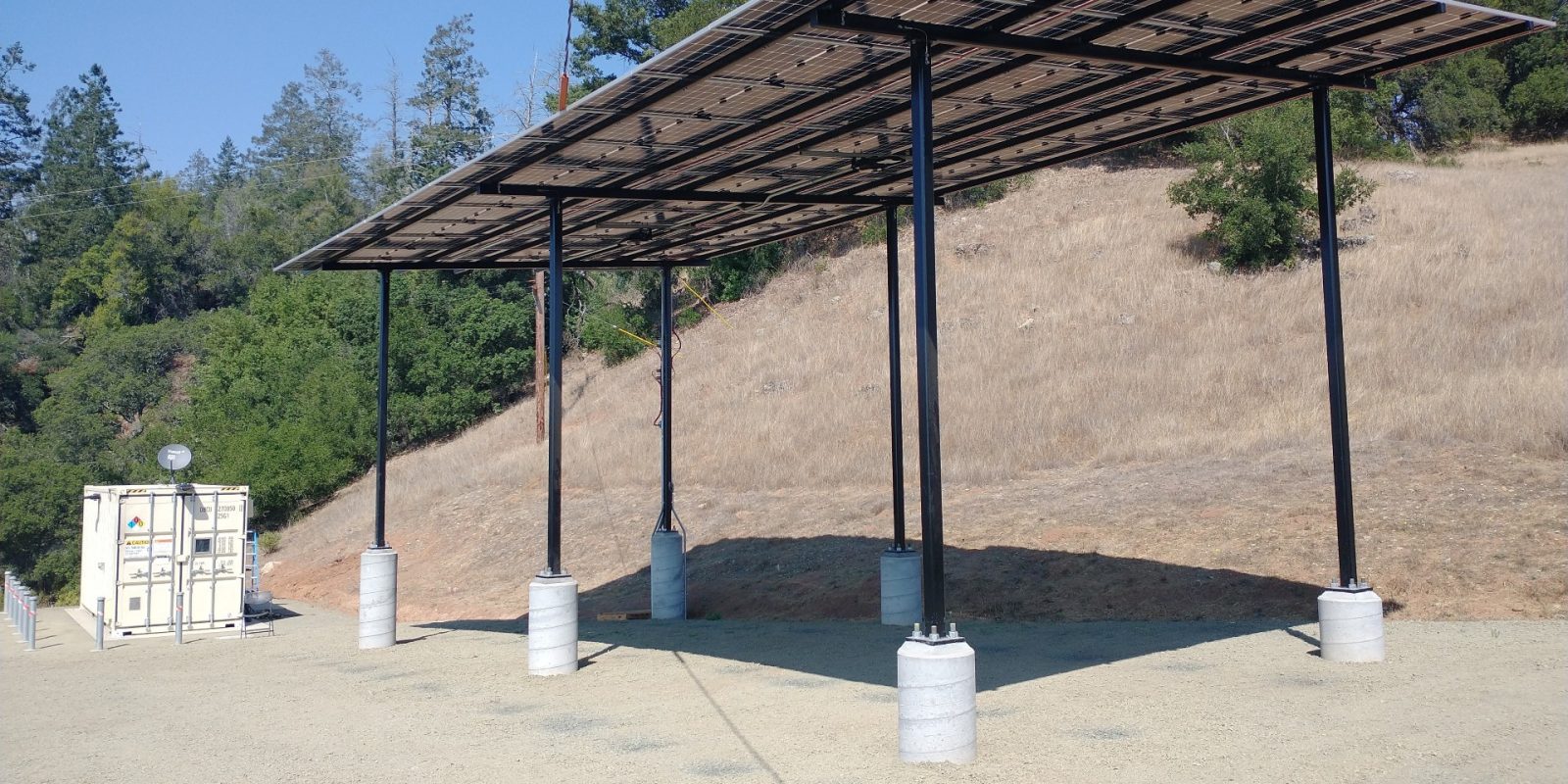
PG&E, California’s largest utility, just brought its first renewable remote grid online, in a nature preserve in Sonoma County.
Expand Expanding Close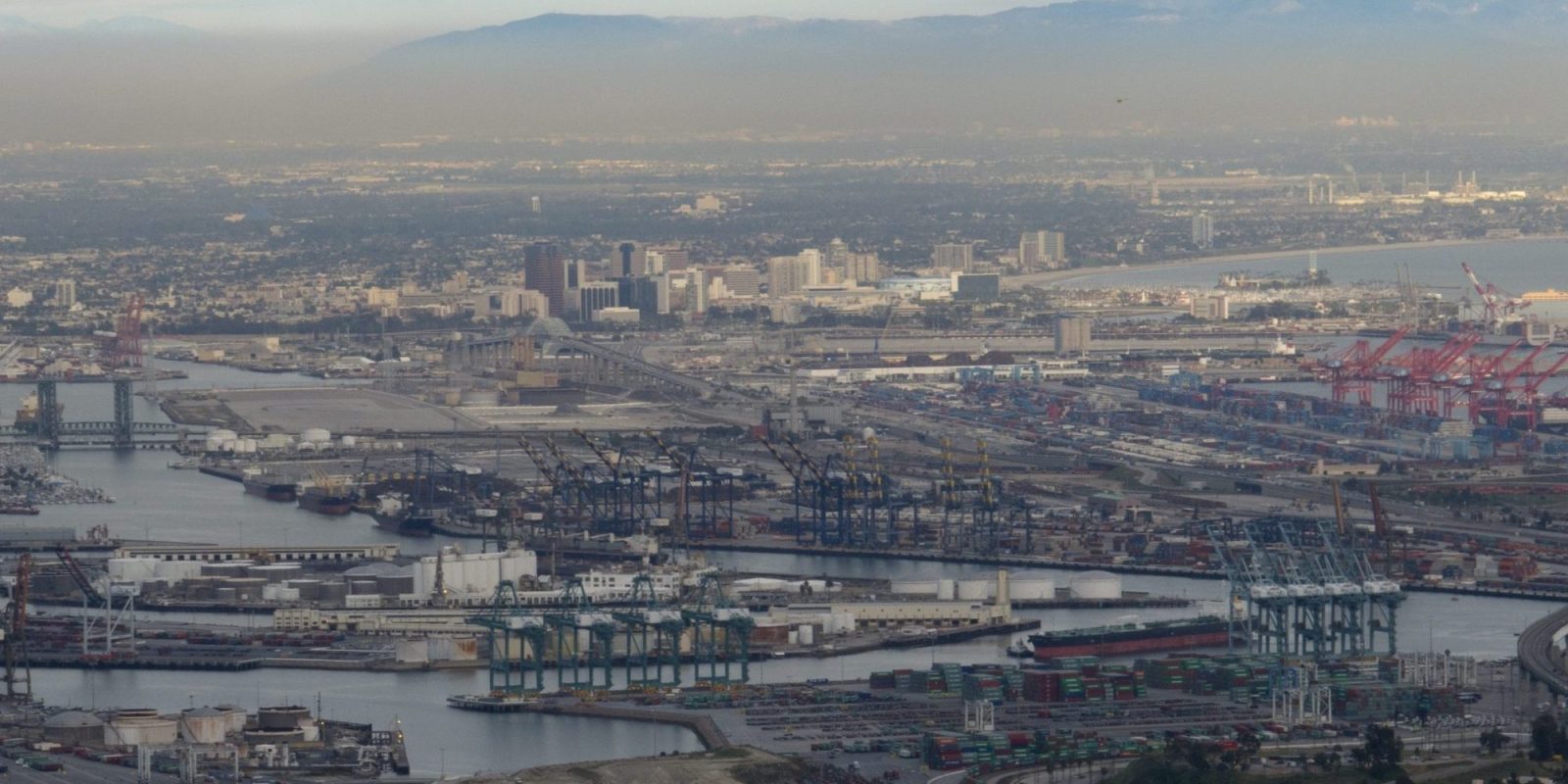
Trucking companies are currently suing the state of California in federal court, trying to protect their ability to continue forcing poison into your lungs – instead of saving billions of dollars across the state by shifting to electric trucks.
Expand Expanding Close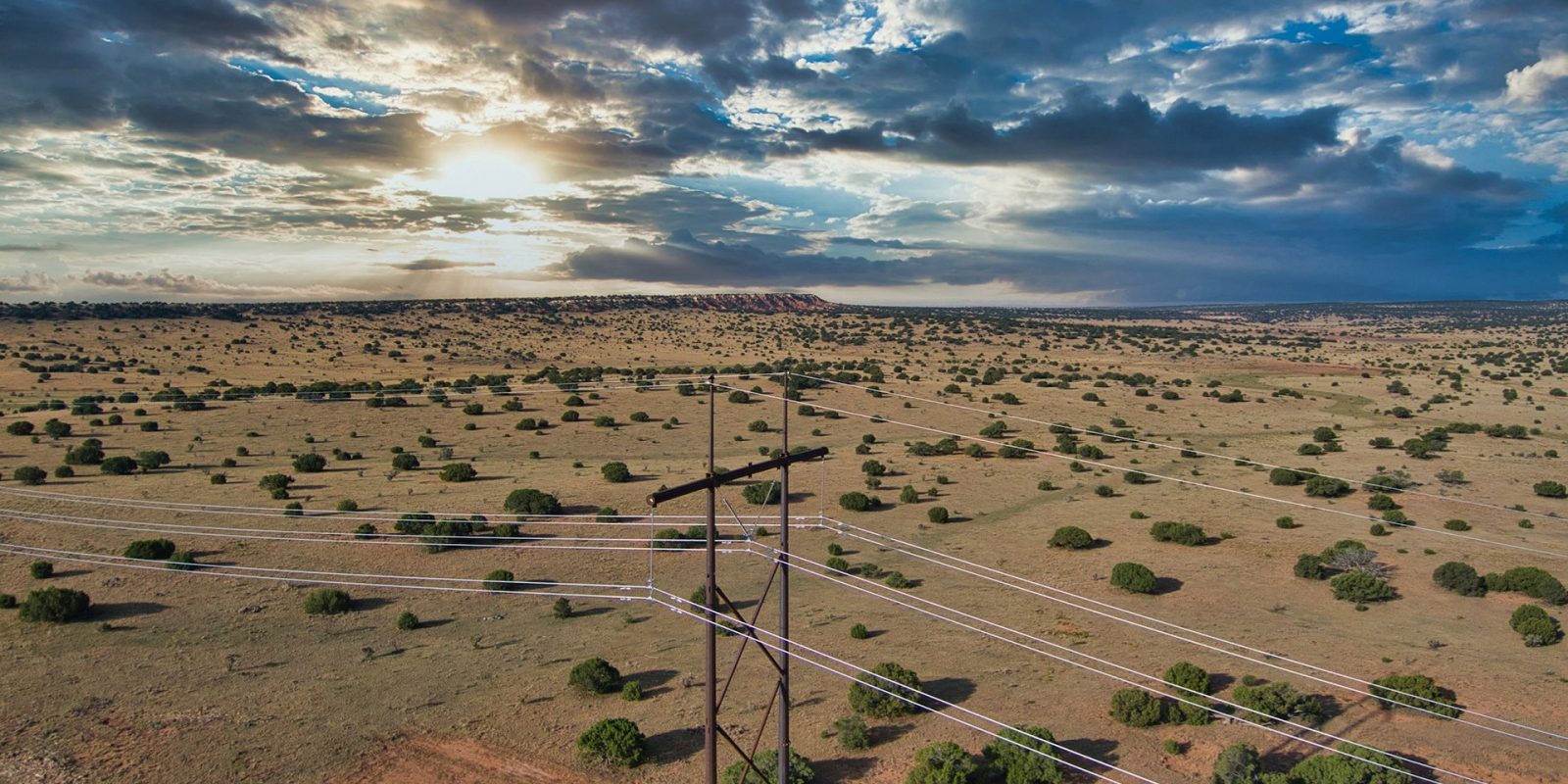
Clean Power Alliance, California’s fourth-largest electricity provider, is going to source power from SunZia, the US’s largest clean energy transmission project.
Expand Expanding Close
EV sales continue to rise steadily in California, reaching a record 22.3% market share in Q3. But Tesla has returned to its position as second-best selling overall car brand in the state, behind longtime leader Toyota, after briefly eclipsing the brand last quarter.
Expand Expanding Close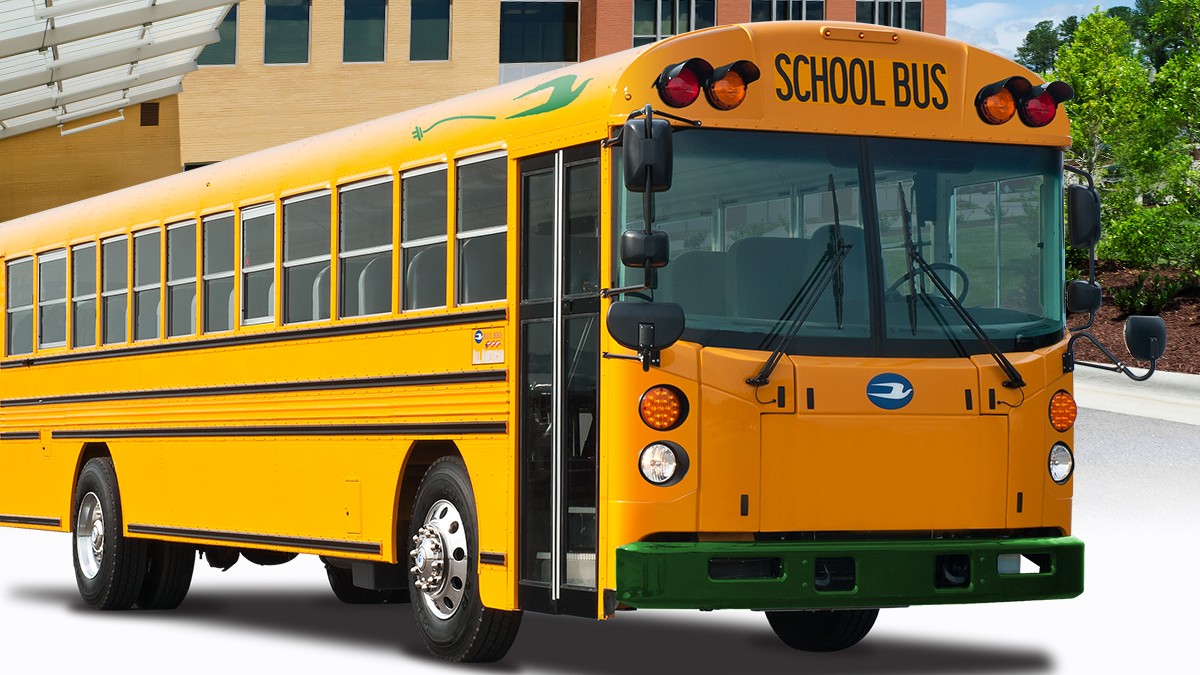
California governor Gavin Newsom (D-CA) signed legislation that mandates all new school buses in the state to be electric starting in 2035.
Expand Expanding Close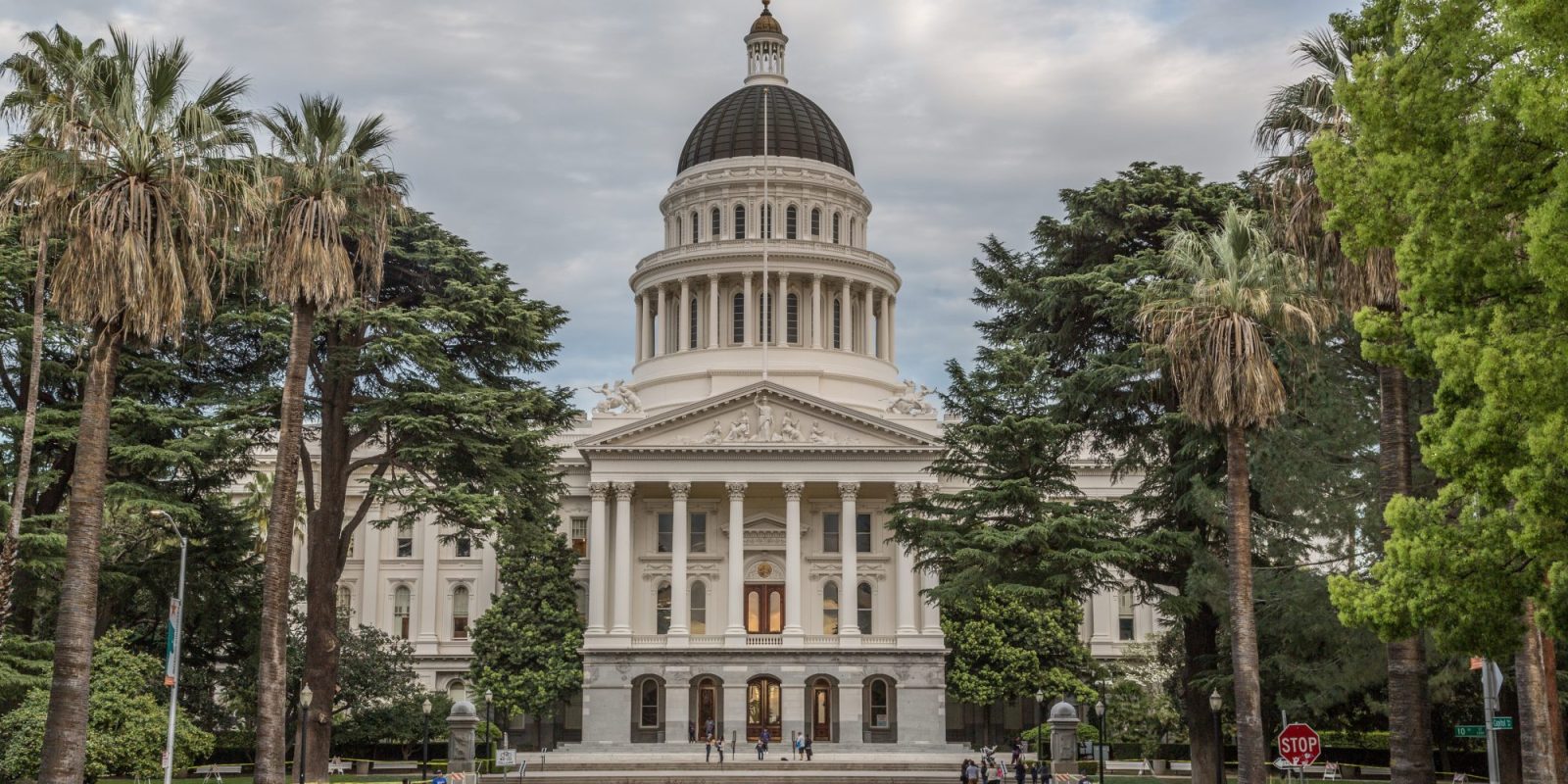
California has added a new $2,000 incentive for low- and moderate-income EV buyers, bringing the total state incentives to $9,500.
On top of the federal $7,500 EV tax credit and potential local or regional credits, this means some new EV buyers can get $17,000 or more back on the purchase of a new EV.
Expand Expanding Close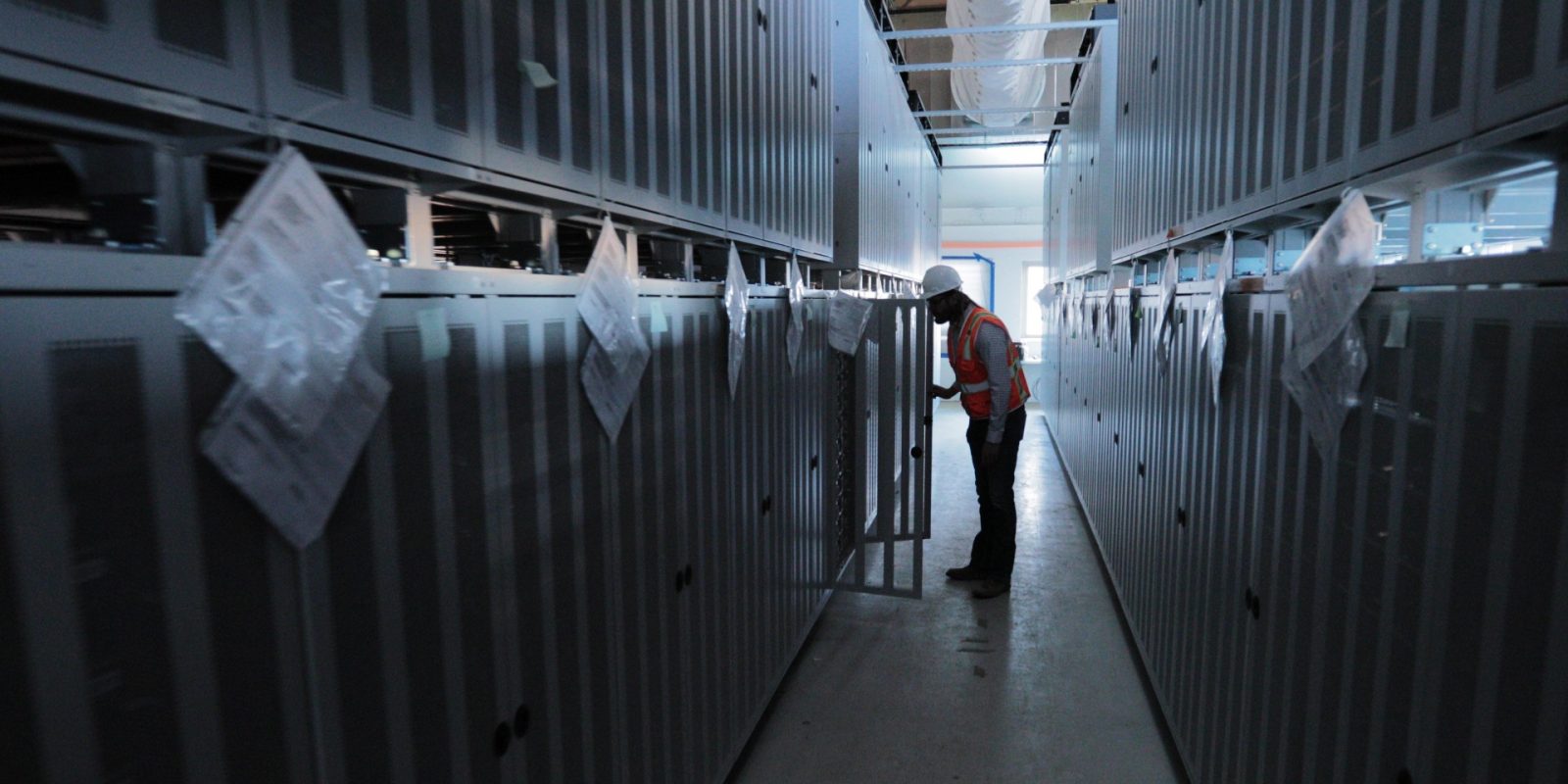
The Moss Landing Energy Storage Facility, the world’s largest lithium-ion battery energy storage system, has been expanded to 750 MW/3,000 MWh.
Expand Expanding Close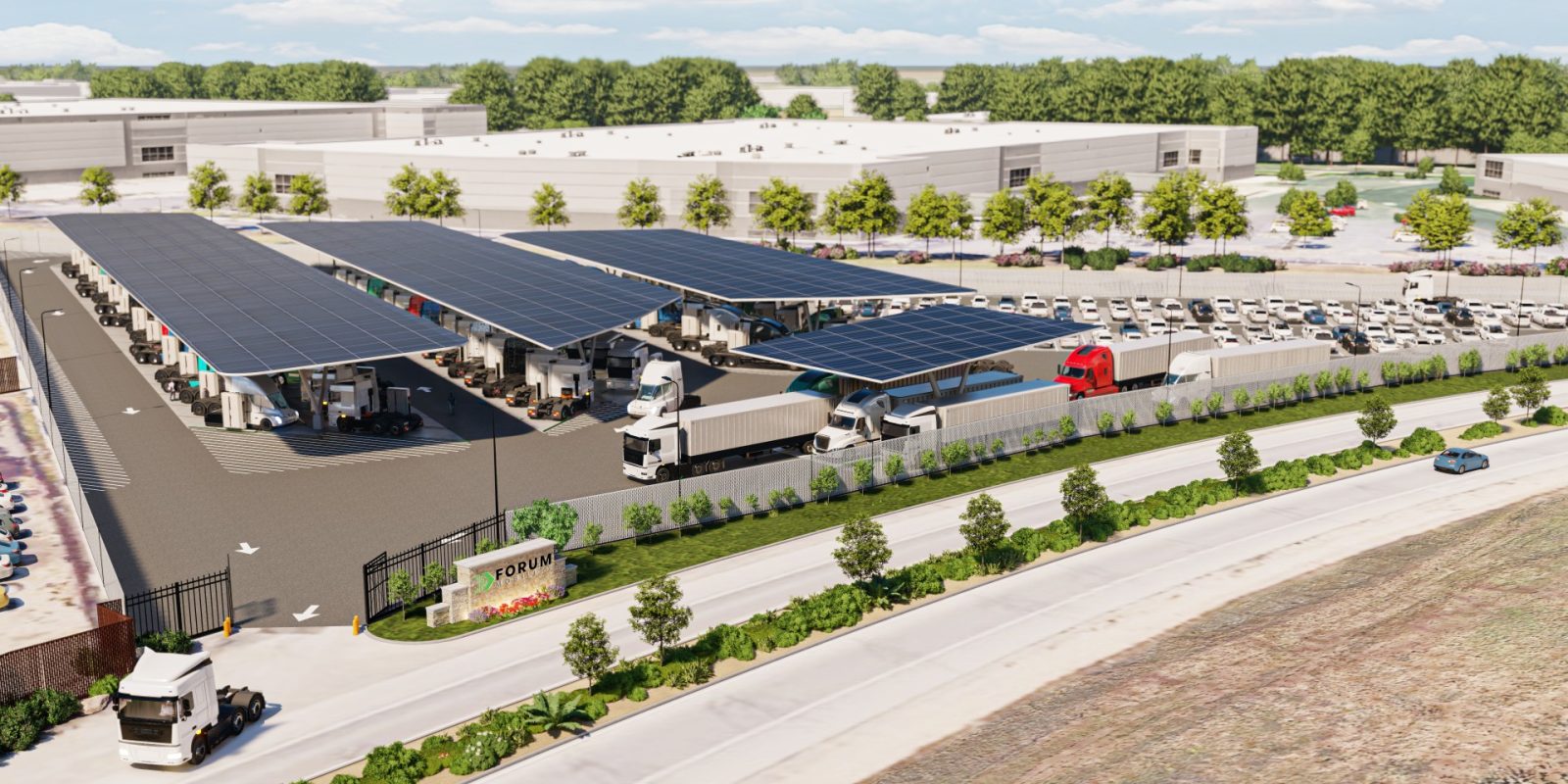
An electric truck charging depot that can charge up to 96 trucks at once will service fleets moving cargo to and from the Port of Oakland.
Expand Expanding Close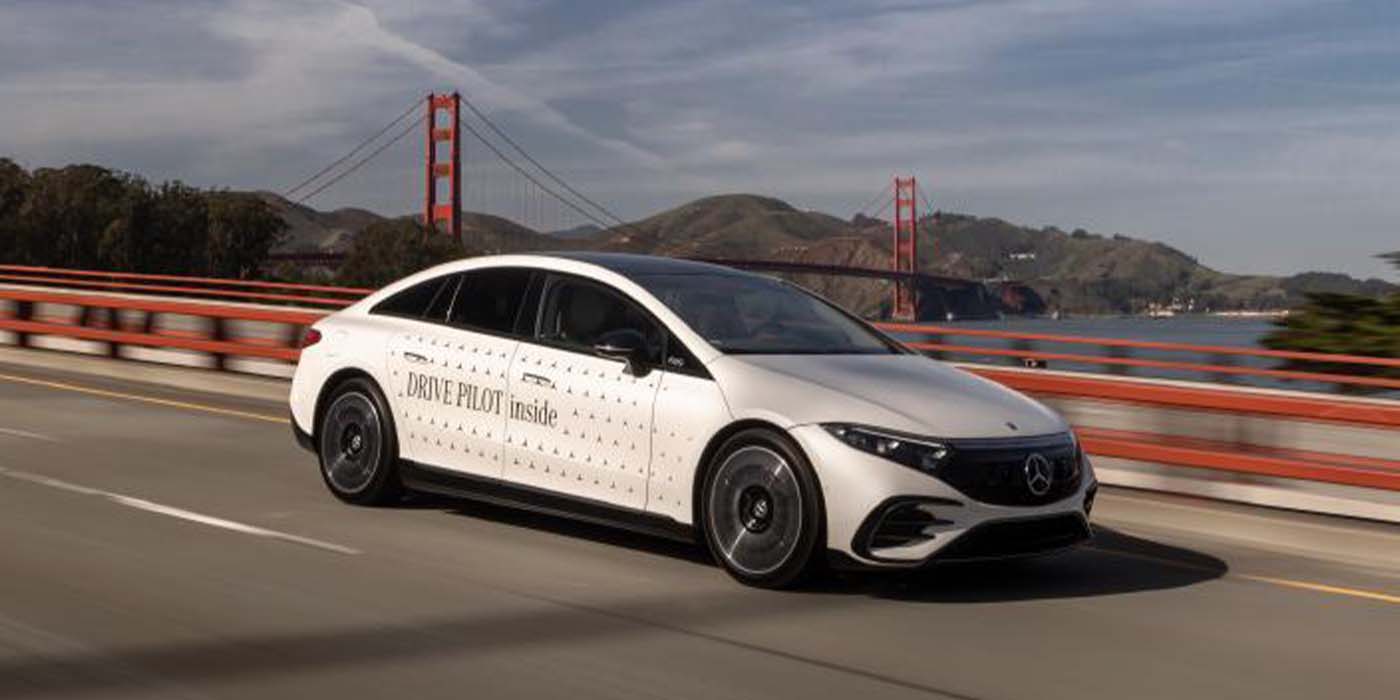
Califooooorniaaaaaa here we coooommmmeeeee (autonomously). Mercedes-Benz has just announced that its SAE Level 3 autonomous driver assist system, DRIVE PILOT, has been certified to operate in the entire state of California, beginning with a couple of familiar models.
Expand Expanding Close